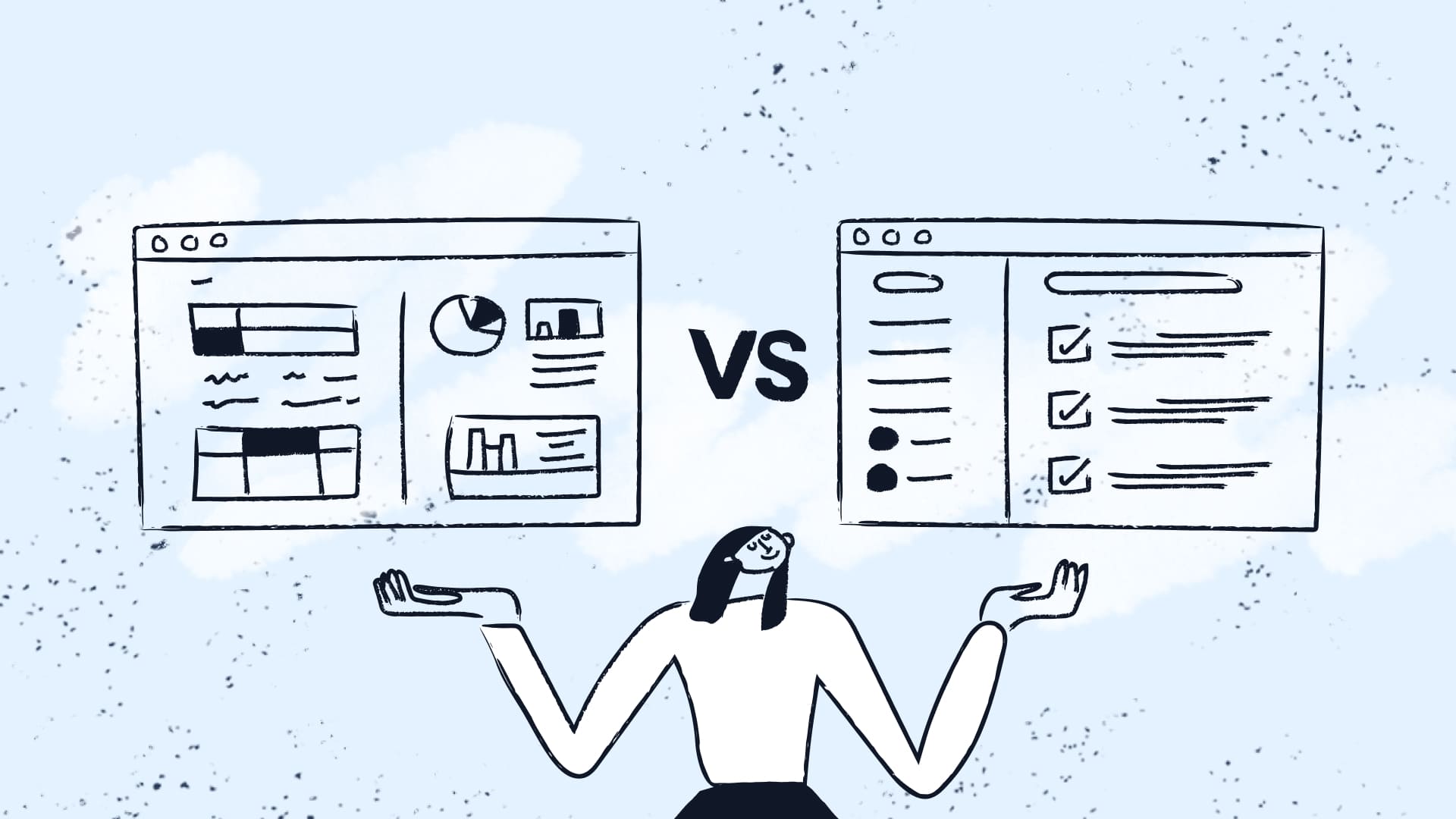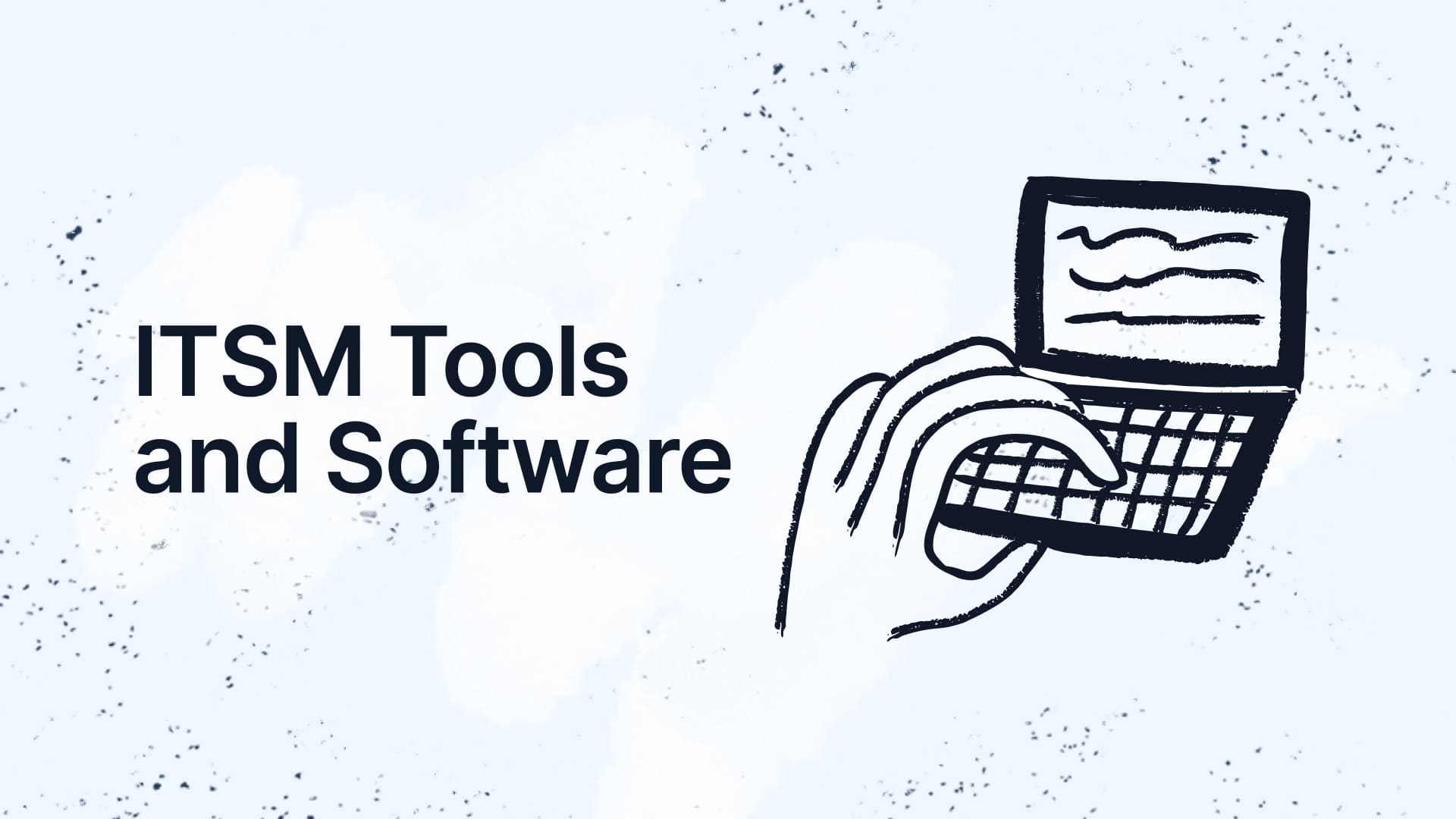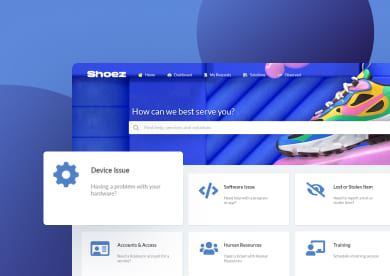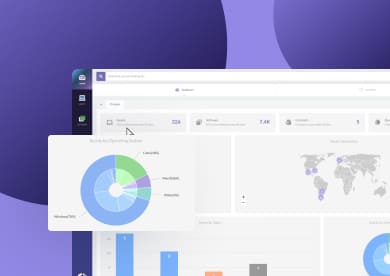Technology supports nearly every process in healthcare, from storing patient records to managing appointments and operating equipment. Behind each system, there’s a need for consistent support, clear processes, and accountability when things go wrong.
IT Service Management (ITSM) provides that structure. In healthcare settings, it helps teams organize requests, respond to issues quickly, and maintain services that clinicians and staff rely on throughout their workday.
This article explains ITSM in healthcare environments. We'll cover how it applies to clinical and non-clinical services, why it's increasingly relevant, and what to consider when selecting a tool. You’ll also find real examples that show how ITSM helps hospitals and clinics deliver reliable care backed by well-managed technology.
What is ITSM for healthcare?
In healthcare, IT Service Management (ITSM) refers to the structured processes and tools used to plan, deliver, and support IT services that enable patient care.
In today’s healthcare institutions, technology powers nearly every aspect of patient care and hospital operations. Health records, diagnostics, monitoring devices, and even telemedicine rely on IT systems working correctly. ITSM defines processes for the entire lifecycle of systems like electronic health record (EHR) platforms, patient monitoring tools, and communications networks. Effective ITSM provides processes and tools so that issues are resolved quickly and align with patient care goals.
Why is ITSM relevant to healthcare today?
Healthcare institutions operate in a highly complex, technology-driven environment. Their IT departments are central to how care is delivered, and they’re growing fast. In fact, healthcare organizations globally are projected to spend $279.5 billion on IT in 2025, with nearly 48% of that dedicated to IT services.
That kind of investment reflects how much clinical and operational teams rely on IT to do their work. Today, patient records, appointment scheduling, diagnostic imaging, and even ICU monitoring can all be tied to digital platforms. Without consistent and well-managed IT services, healthcare providers risk delays, errors, and compliance failures.
ITSM brings discipline to this complexity. It helps IT teams handle incidents, manage service requests, track assets, and implement changes in a way that minimizes disruption. It also standardizes processes and enables better collaboration between departments.
In regulated environments like healthcare, ITSM also provides a way to meet data protection and operational requirements. For instance, tracking system changes, keeping audit logs, and applying consistent access controls are all part of a strong ITSM framework — key elements for complying with standards like HIPAA, GDPR, or local health data regulations.
Benefits of ITSM for healthcare organizations
Implementing ITSM delivers tangible improvements in healthcare IT support. Key benefits include:
- Faster resolution times: When an application goes down or a device fails, time matters. ITSM structures the way issues are reported, prioritized, and resolved. This minimizes delays and helps restore services (like lab systems or EHR access) without unnecessary back-and-forth. Clinicians get what they need sooner, and patient care continues with fewer interruptions.
- Knowledge reuse and reduced ticket volume: Documented solutions for recurring issues allow teams to resolve requests more efficiently. A well-maintained knowledge base also enables staff to solve common problems on their own, reducing ticket volume while keeping support available for more complex needs.
- Fewer service disruptions: Planned changes, regular maintenance, and structured Asset Management reduce the chance of unexpected outages. ITSM gives teams a process to assess risk, communicate with stakeholders, and schedule updates without disrupting care.
- Support for regulatory compliance: ITSM platforms track changes, access levels, and configurations. This kind of audit trail helps healthcare organizations meet data protection and operational requirements under standards like HIPAA or GDPR. It also reduces the risk of non-compliance due to undocumented changes or inconsistent practices.
- More reliable medical equipment and digital tools: From imaging machines to pharmacy systems, healthcare relies on a growing number of connected devices. ITSM supports the full lifecycle of assets — tracking status, scheduling maintenance, and managing service history — so they’re available when needed and replaced when necessary.
- Improved staff efficiency and satisfaction: Self-service portals, automated approvals, and clear workflows help reduce manual effort across departments. When requests are easy to submit and track, clinical and non-clinical staff spend less time chasing support and more time on their actual work.
Modern ITSM platforms also provide reporting and dashboards, giving leaders insight into trends like ticket volume and response times. This data lets hospital administrators make data-driven decisions on budgets and staffing.
For instance, ITSM analytics might reveal that network issues spike during night shifts, prompting better resource allocation. Comprehensive reporting also helps justify IT investments. Overall, ITSM empowers healthcare IT teams to improve efficiency, boost patient trust, and maintain compliance.

Common ITSM use cases in healthcare
Healthcare organizations use ITSM practices in many practical scenarios:
Healthcare organizations manage a wide range of services and systems, many of which depend on consistent IT support. ITSM frameworks help organize and standardize how those services are delivered, which reduces delays and improves accountability. Here are some practical examples:
- Support for EHR systems and clinical applications: Electronic Health Records (EHRs), lab software, and imaging systems require constant uptime. This includes specialized platforms such as Functional Medicine EHR, which often integrate lifestyle, nutrition, and longitudinal patient data. When access issues, slowdowns, or errors occur, ITSM helps prioritize incidents based on urgency, making sure clinical disruptions are addressed first. Structured change processes also reduce the risk of outages during updates or integrations.
- Medical device management: Hospitals use IT-connected equipment for monitoring, diagnostics, and treatment. ITSM tracks the lifecycle of these assets — from onboarding and maintenance to replacements — ensuring that devices stay operational and support logs are accessible. Along with uptime, it also helps with audit readiness.
- Onboarding and access control: When new staff join, they need timely access to the right systems. ITSM workflows automate account provisioning, role-based permissions, and access requests for clinical and administrative tools. This avoids delays in patient care and keeps access consistent with internal policies.
- Telemedicine support: Remote consultations rely on stable video platforms, integrated patient data, and secure communication. ITSM allows support teams to monitor availability, respond quickly to outages, and document recurring issues. It also provides a process for improving reliability based on incident trends.
- Facility and service coordination across locations: For healthcare networks with multiple sites, ITSM provides a centralized way to report and manage requests, whether it's a pharmacy system down at one clinic or an internet issue at another. Consolidated data improves visibility across facilities and helps prioritize resources where they’re most needed.
- Automated equipment maintenance and service requests: Staff can use a service portal to report issues with devices, request replacements, or schedule inspections. ITSM automatically assigns tickets, tracks response times, and keeps a record of completed work. This reduces follow-up delays and supports consistent maintenance schedules.
These use cases illustrate how ITSM processes support healthcare goals in practice. In each case, ITSM ensures that technology disruptions do not compromise patient care or safety.
Choosing the right ITSM tool for healthcare
Selecting an ITSM platform is a key decision for healthcare organizations. Hospitals need software that fits clinical workflows and compliance needs. Key factors to consider include:
- Integration capabilities: Look for a tool that connects with existing healthcare systems (EHR, lab, PACS, billing). Seamless integration allows ITSM to automatically pull or push data (for example, linking a lab system alert to an incident).
- Security and compliance features: Given the sensitivity of patient data, the ITSM solution itself must be secure and compliant. It should support features like role-based access, encryption, and audit logs. Healthcare guides emphasize selecting software that complies with industry-specific standards to safeguard patient information and helps meet regulations.
- Scalability and flexibility: Ensure the platform can grow with your organization. A suitable ITSM tool should adapt to changing needs, such as adding new departments or remote sites.
- User-friendly design: ITSM tools should be intuitive for both IT and medical staff. An easy interface and clear process for requests reduces training time. Many healthcare ITSM users expect features like a self-service portal or a mobile-friendly app.
- Vendor support and experience: Finally, consider the vendor’s reputation and support. Providers with healthcare experience may offer specialized templates and stronger service-level agreements. Check that the vendor understands healthcare workflows and offers training and consulting if needed.
Each organization’s needs differ, so evaluate tools against specific requirements (integration, security, user adoption, etc.). Healthcare IT teams often pilot solutions or consult peers in the industry. By aligning requirements with tool features, hospitals can choose an ITSM platform that strengthens their processes and supports patient care.

In closing
With ITSM, healthcare organizations can optimize way to manage the systems their staff rely on every day. IT improves how IT teams work and also supports the broader goals of patient safety, service continuity, and compliance. When requests, incidents, and changes follow a clear process, disruptions are minimized, and the focus stays where it belongs: on care delivery.
As healthcare environments grow more complex, the value of consistent, accountable IT support becomes harder to ignore. ITSM helps meet that need —quietly, but effectively.















